Water activated tape, also known as gummed tape, is a type of paper tape that is reinforced with fiberglass strands. The tape is activated by moistening the adhesive with water, which causes it to bond tightly to the box. This type of tape creates a secure seal that is difficult to tamper with, making it an ideal choice for shipping high-value or fragile items.
Plastic tape, on the other hand, is made from polypropylene or PVC and uses a pressure-sensitive adhesive that is activated by applying pressure to the tape. This type of tape is convenient and easy to use, but it may not provide the same level of security as WAT. Plastic tape can be easily cut or removed, which can make it more susceptible to tampering.
One of the primary advantages of water activated tape is its strength and durability. Once activated, the adhesive forms a permanent bond that is difficult to break. This makes WAT an excellent choice for heavy or bulky items that need to be securely sealed. Additionally, WAT is designed to adhere well to recycled materials, which can be more difficult for plastic tape to adhere to.
Another benefit of WAT is its eco-friendliness. Because it is made from paper and fiberglass, it is biodegradable and recyclable. This makes it a more sustainable option for companies that are looking to reduce their environmental impact.
Plastic tape, on the other hand, is not biodegradable and can contribute to waste in landfills. However, it is lightweight and easy to use, making it a popular choice for companies that need to package and ship products quickly and efficiently.
Overall, the choice between water activated tape and plastic tape will depend on the specific needs of your business. If you are shipping valuable or fragile items, or if you are looking for a more sustainable option, water activated tape may be the better choice. If you need a quick and convenient solution for everyday packaging needs, plastic tape may be the way to go.


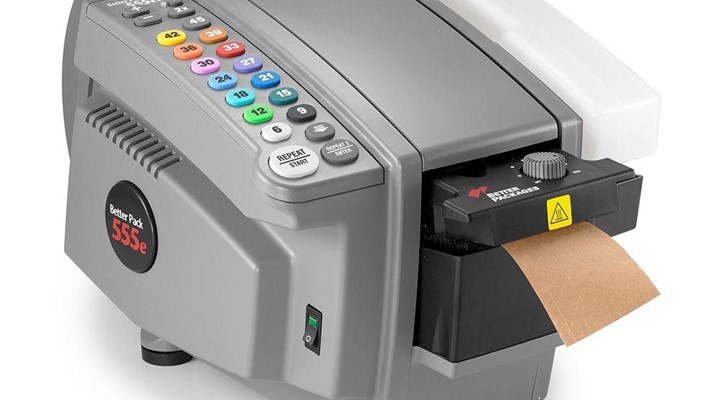
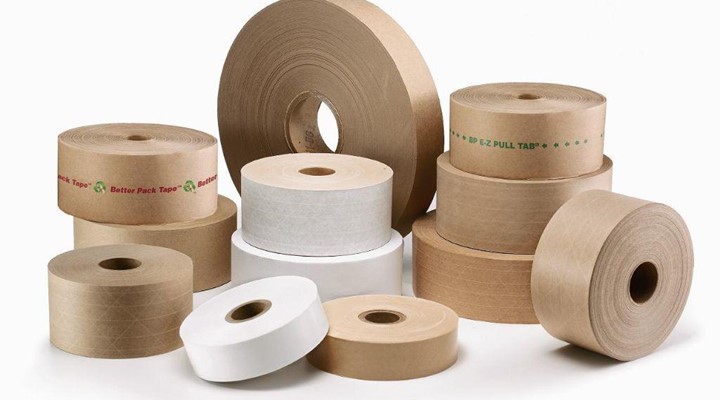
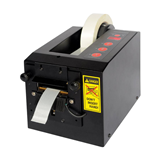

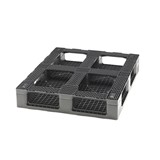
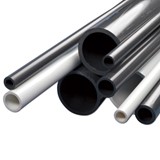
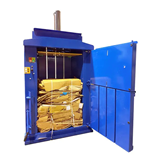
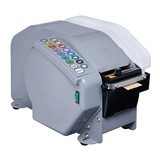


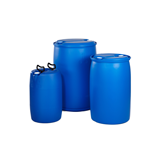
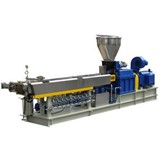
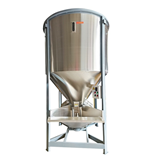
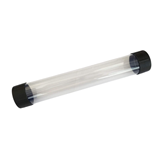


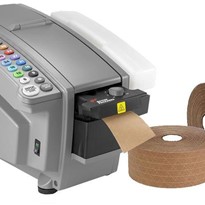
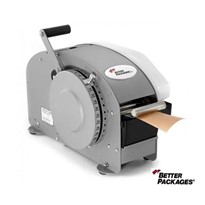
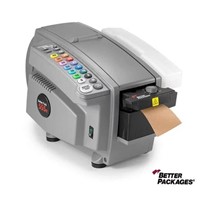
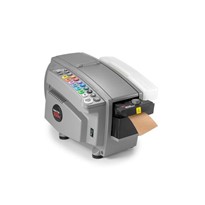
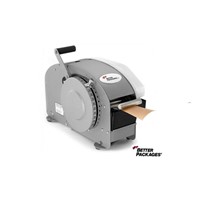
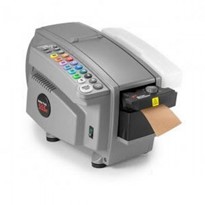
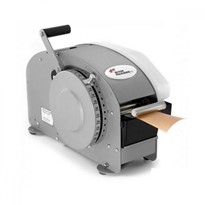
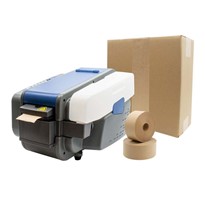
-205x205.jpg)